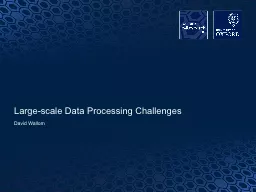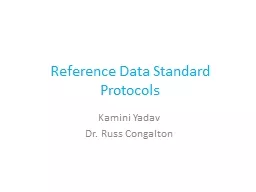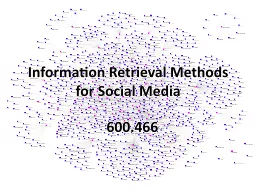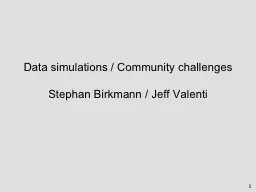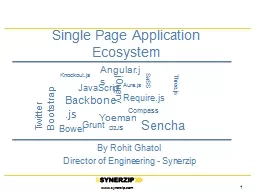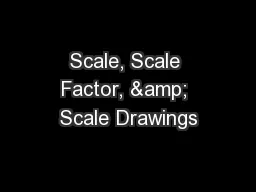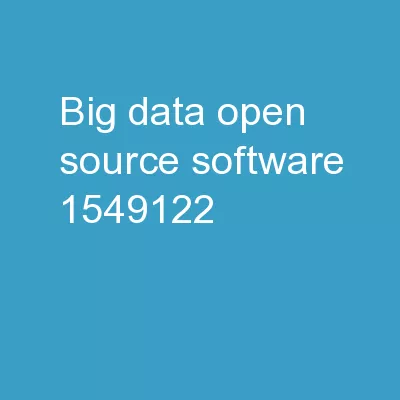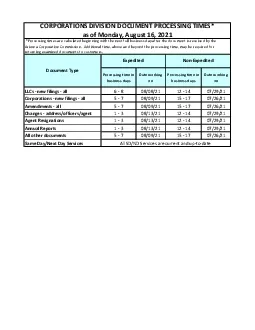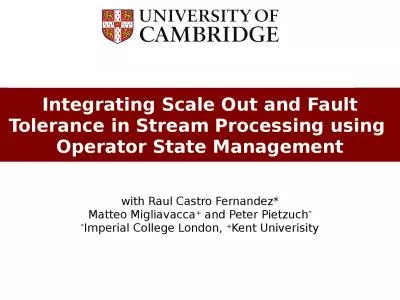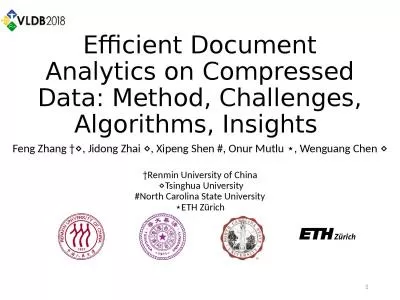PPT-Large-scale Data Processing Challenges
Author : karlyn-bohler | Published Date : 2016-03-17
David Wallom Overview The problem Other communities The pace of technological change Using the data The problem New telescopes generate vast amounts of data Particularly
Presentation Embed Code
Download Presentation
Download Presentation The PPT/PDF document "Large-scale Data Processing Challenges" is the property of its rightful owner. Permission is granted to download and print the materials on this website for personal, non-commercial use only, and to display it on your personal computer provided you do not modify the materials and that you retain all copyright notices contained in the materials. By downloading content from our website, you accept the terms of this agreement.
Large-scale Data Processing Challenges: Transcript
Download Rules Of Document
"Large-scale Data Processing Challenges"The content belongs to its owner. You may download and print it for personal use, without modification, and keep all copyright notices. By downloading, you agree to these terms.
Related Documents

